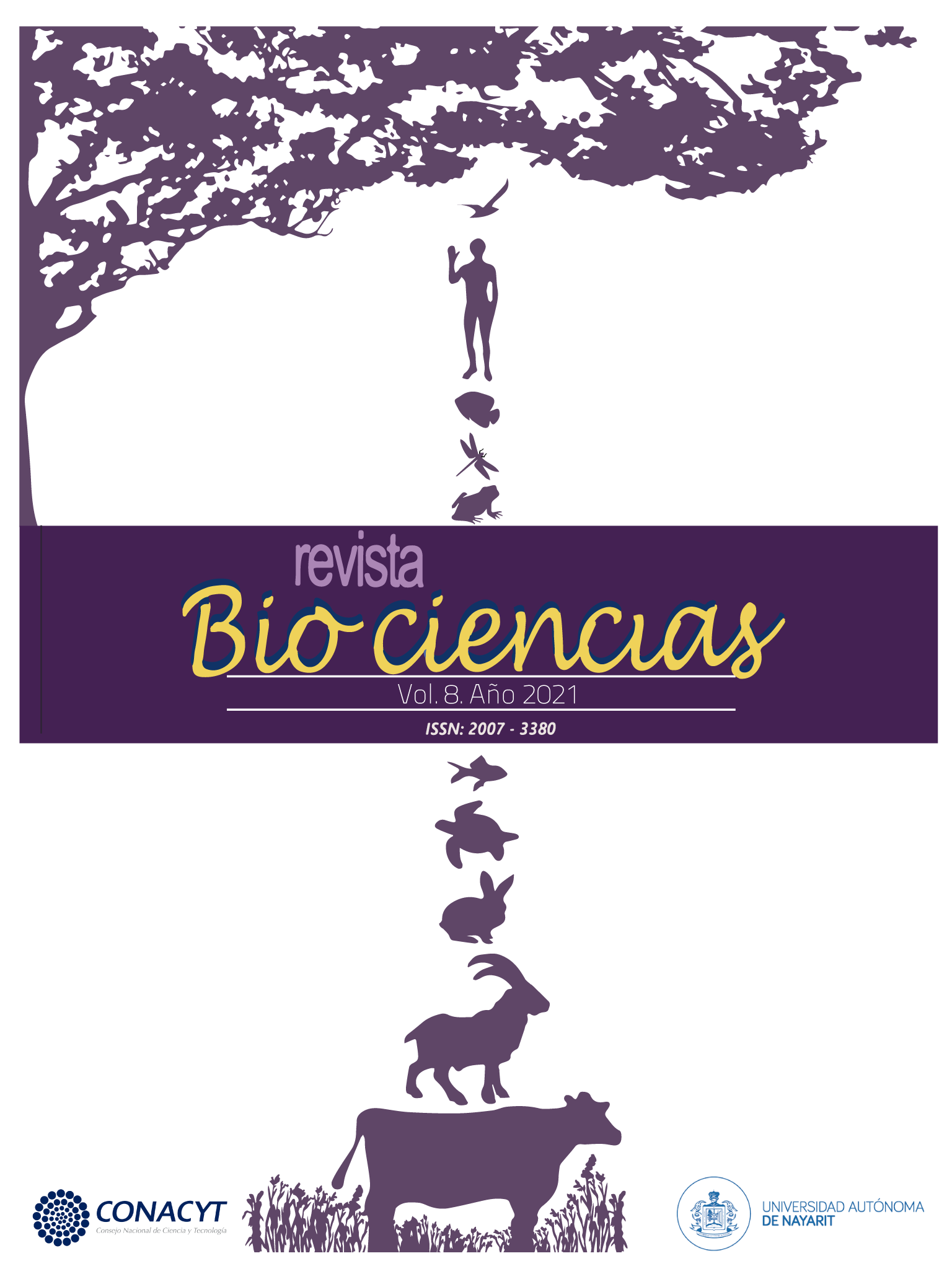Resumen
Colletotrichum gloeosporiodes is one of the main fungi that attacks tropical and subtropical fruits. In this study, sodium silicate and chitosan were applied individually and in conjunction at different concentrations to evaluate their efficacy in vitro on mycelial growth and on conidia sporulation. Besides, morphological changes on treated fungi were determined through scanning electron microscopy (SEM). Sodium silicate alone did not reduce C. gloeosporioides development, only a 9% inhibition was recorded. In contrast, chitosan treatments ranging from 0.1 to 1.5% showed the highest effectiveness and decreased fungal development the most (97 - 99%). However, the combined treatments showed an additive effect, by inhibiting the mycelial development between a 51 - 99%. SEM micrographs showed morphological alterations in the mycelium development, changes in size, and presence of deformations. Therefore, these treatments could be used as eco-friendly alternative in the control of C. gloeosporiodes in fruits.

Revista Bio Ciencias por Universidad Autónoma de Nayarit se encuentra bajo una Licencia Creative Commons Atribución-NoComercial-SinDerivadas 4.0 Unported.
Basada en una obra en http://biociencias.uan.edu.mx/.
Permisos que vayan más allá de lo cubierto por esta licencia pueden encontrarse en http://editorial.uan.edu.mx/index.php/BIOCIENCIAS.licencia de Creative Commons Reconocimiento-NoComercial-SinObraDerivada 4.0 Internacional






